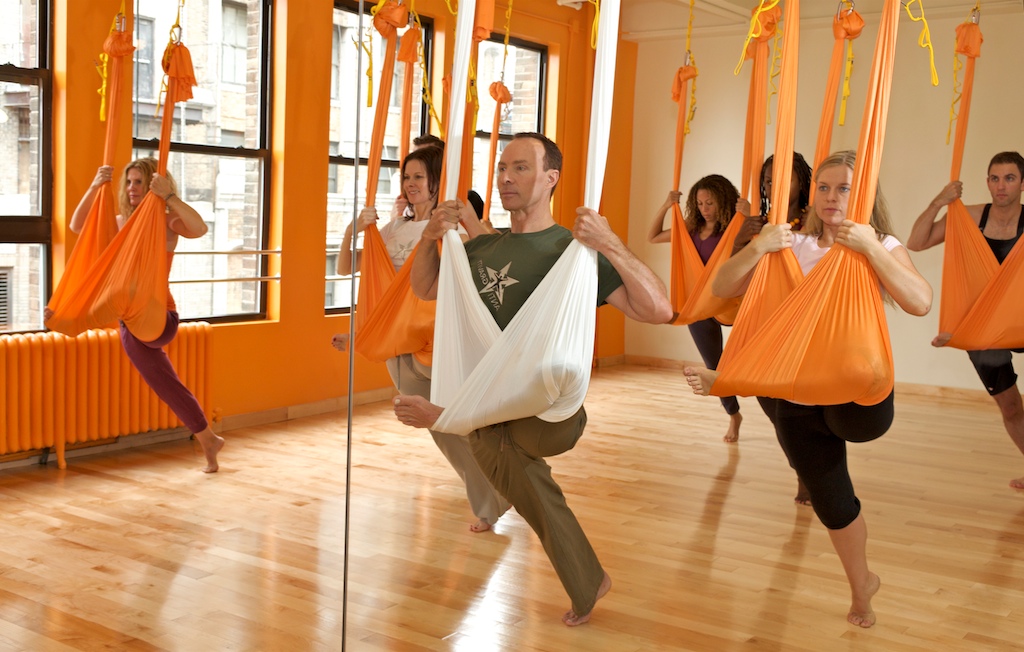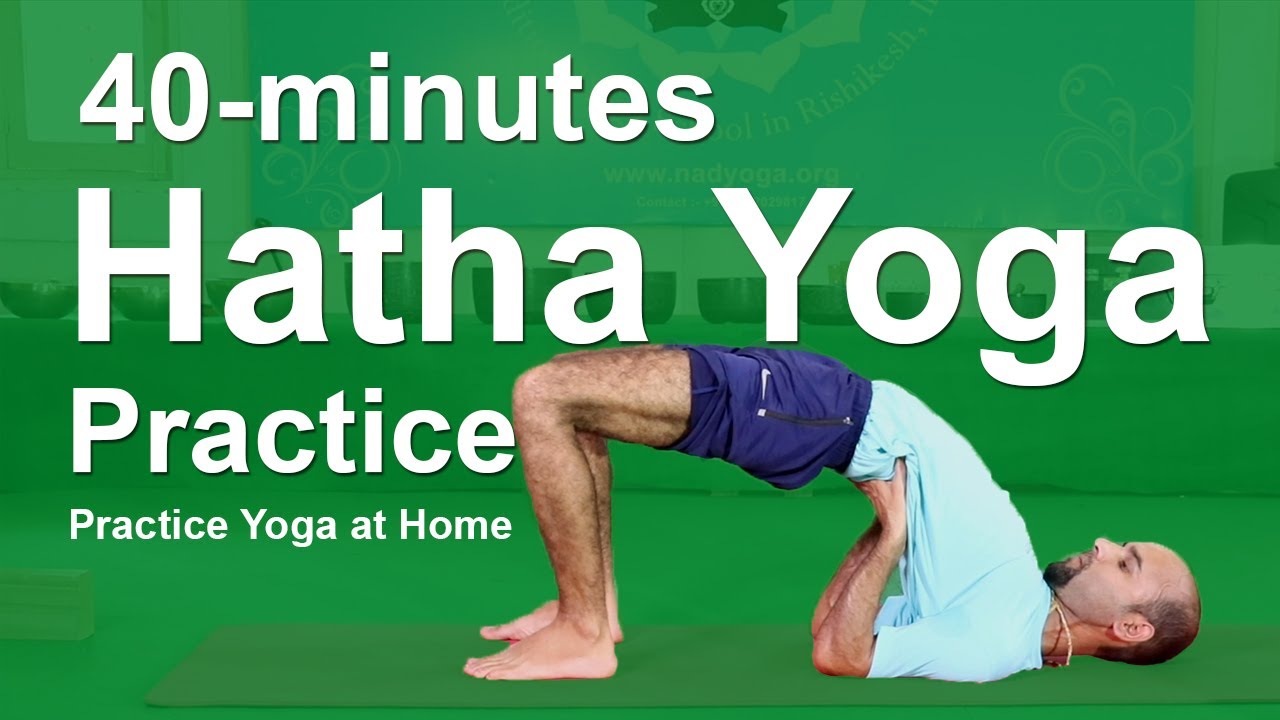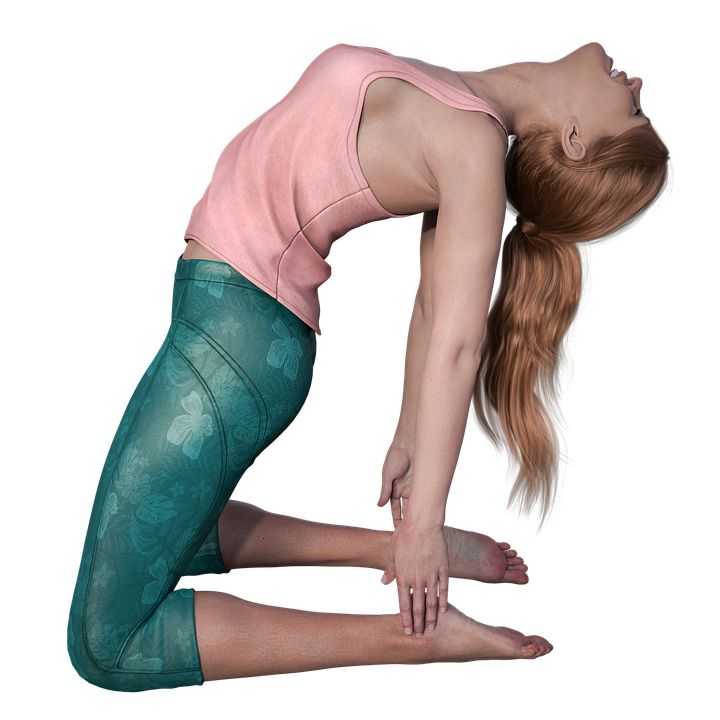
It is possible that you are wondering if Bikram yoga is more effective than Vinyasa. This article will discuss whether they are less relaxing or aerobic, as well as how effective they are at reducing stress levels. Both types are equally beneficial, regardless their effectiveness. Listed below are some benefits of Bikram yoga classes. Let's get started. What is the best moment to do these types exercise?
Vinyasa Yoga is more aerobic than Vinyasa.
One will notice a difference between Vinyasa Yoga and Bikram Yoga classes. Vinyasa, while easier and more accessible than Bikram yoga classes, requires a series of postures to build strength and internal heat. Vinyasa practitioners that are skilled in the practice of Vinyasa are often stronger and more aerobically fit then their Bikram counterparts. It is not clear whether Bikram is more suitable for beginners, intermediate or advanced.
Hot yoga classes are less aerobic than Vinyasesa yoga, but they are still highly beneficial to the body. The difference lies with the type of exercise. Vinyasa yoga can be more physically demanding than Bikram yoga, but both styles are better served by a skilled yoga instructor. Bikram yoga can increase your risk of repetitive motion injuries. Vinyasa however is considered to be the most effective form of yoga for burning calories.

Vinyasayoga is less relaxing
It may be a surprise that Bikram yoga classes can be less relaxing than Vinyasa. The difficulty level could be one reason. Vinyasa classes are generally open level, with the harder ones marked as intermediate or advanced. It will also depend on how good the yoga teacher is. Bikram classes typically last between 90 and 75 minutes, while Vinyasa sessions can last anywhere from 60 to 75 minutes. Due to time constraints hot yoga classes tend to be shorter.
Vikram yoga classes emphasize the importance of synchronized movement and breathing. Instructors will usually play music while students move. The music will be adjusted to the pace of each pose. Because of this, Bikram classes are more difficult to do than Vinyasa classes. However, those who like HIIT-style workouts may find this yoga style more relaxing.
Less effective than Vinyasa yoga for lowering stress
Both styles of Yoga classes offer similar benefits. However, Vinyasa yoga is more vigorous and focuses more on breathing. Vinyasa offers the same stress relief benefits as restorative and vinyasa yoga. Vinyasa yoga instructors use the breath as a guide, which helps students apply their skills to daily life.

There is one difference between the two types of yoga: their pace. Bikram yoga classes are usually more static. Many students can hold a pose for no longer than one minute. Vinyasa class requires that students maintain full range of motion and strengthen muscles in specific positions. It results in increased body awareness, and less pain.
FAQ
What is the best exercise for men over 40 years old?
Older men will find that the best workouts give them more energy as well as improve their stamina.
It is important to remember that most people over 40 experience a decline in testosterone, leading to lower sex drive.
This does not mean that you should stop engaging in physical activity. Numerous studies have shown that aerobic exercise can increase testosterone levels in certain men.
An aerobics routine is a great way to increase your sexual performance.
Is there any benefit to doing yoga?
Yoga has existed since ancient times. It has only recently been more popular. Celebrities and ordinary people love yoga.
Yoga is great because you can stretch your muscles and strengthen them. It can help you relax and calm down.
The main difference between yoga and other forms of exercise is that yoga focuses on breathing techniques.
Different poses can be practiced to increase flexibility and balance.
Is it true that overeating protein causes kidney stones?
Protein helps maintain healthy bone and tissue. But consuming too much protein can lead to calcium excretion through urine. This can lead kidney stones.
Not everyone who eats more than 2g of protein per kilogram (2.2 lbs) of bodyweight will get kidney stones. People can eat large amounts of protein and not get kidney stones.
By being careful with your sodium intake, you can prevent kidney stones. The kidneys regulate the amount of sodium they consume. A high level of sodium can increase the risk of developing kidney stone.
If you have kidney stones, you can reduce your intake of protein. The majority of adults need protein for half their daily caloric needs. It is possible to lose weight by cutting down on your intake of proteins.
If you do decide to eat more protein, don't go overboard. Aim for less than 20% of total calories from protein.
What is the best workout order?
It all depends what you want. If you want to build muscle mass, then do heavy weights first. Then you can move to cardio. For those who want to lose weight or exercise, you can switch from cardio to strength-training.
Start with cardio if you only want to lose fat. Next, add strength training.
Do cardio first if you are looking to increase muscle mass. It stimulates growth hormones that help build muscle mass.
Before you start your workout, it is a good idea to eat. This will fuel your muscles and make them work harder. Plus, it makes you feel better during your workout.
Why Metabolic Well-being is the Key to Aging Well
People are living longer lives today than at any point in history. But as they do, they're also getting sicker. While medical science has made incredible advances, it's becoming increasingly obvious that the current approach is not working.
We have to change how we see health and aging. To achieve healthy aging, we must look at metabolic health as more than just weight loss. It is also important to consider overall wellness.
To live a full and active life, your metabolism should be healthy all your life.
There are many ways you can improve your metabolic health. These 7 foods can be incorporated into your diet.
-
Resveratrol in blueberries has been shown to support cell longevity. They are also rich in vitamins C & E and antioxidants.
-
Lentils and pinto beans, which are legumes, provide great fiber and plant-based sources of protein. These nutrients keep blood sugar levels stable so that they don't spike or crash.
-
Broccoli is rich in sulforaphane. Studies have shown that it protects cells from DNA damage. It may even be able to slow down cancer progression.
-
Chia Seeds are high-in omega-3 fatty acids, fiber, and other nutrients. They are also rich in antioxidants, protein, and fiber. All these nutrients support heart health, brain function and gut health.
-
Green tea contains catechins, which are polyphenols. Green tea catechins have been shown to reduce bone fractures, heart disease, cognitive decline, diabetes risk, and other health issues.
-
Salmonis packed with vitamin D, low in saturatedfat and one of best sources of lean meat.
-
Walnuts are high in omega-3s. They also contain antioxidants like alphalipoic Acid (ALA). ALA protects against inflammation and boosts energy production.
What is a good seven-day workout routine?
A seven-day program should include three days of cardio training (running, biking and swimming), two strength exercise (using free weights or weight machines) and one flexibility/core work out (yoga, Pilates). Each activity should be performed at least once each week. Maximum 45 minutes should be allotted for each session.
Cardiovascular Exercises: Running, biking, swimming
Aim to do at least 60 minutes per week of cardio. You can aim for 75 minutes a week for best results. Cardio exercises can help improve blood flow and stimulate muscle growth.
Strength Training
Cardio exercises target the heart, lungs and muscles. Strength training targets the muscles, tendons and bones. Strength training is a great way to build lean muscle mass that helps you burn calories even if you are not actively exercising.
Flexibility & Core Workouts
Flexibility and core workouts are great ways to strengthen your entire body. Both yoga and Pilates can be great choices.
How many calories should I consume daily?
The exact amount varies depending on the person. On average, between 2000 and 2500 calories a day. The factors that determine how many calories are needed for you include your gender, age, height, activity level, lifestyle, and gender.
Statistics
- 10 pounds in a month is likely during a lean bulking phase, especially for beginners. (muscleandstrength.com)
- Get free shipping and 25% off today. (healthline.com)
- By John Thompson Take a whopping 38% off a set of PowerBlock Pros. (menshealth.com)
- According to the American Academy of Dermatology (AAD), men over 50 are at a heightened risk of developing it. (healthline.com)
- According to the American Heart Association, blood pressure should be checked at least once every two years, beginning at age 20. (my.clevelandclinic.org)
External Links
How To
How do I lose fat by exercising?
Exercise burns calories through increased metabolism and oxygen consumption.
At moderate intensity, you will lose weight easily.
To burn fat while exercising, follow these tips:
-
Cardio exercises like walking, running (or jogging), swimming, cycling, running, and/or elliptical training are all good options.
-
You can exercise for 30 mins three times per week.
-
If you want to lose more weight, add strength training to your routine.
-
Avoid doing intense exercises. You can build muscle and not break down muscle tissue.
-
Keep hydrated during exercise. Water helps to flush out toxins from the body and maintains proper hydration.
-
After working out, drink low-fat protein shakes. Protein shakes repair muscles and increase energy.
-
Smaller meals are better for you.
-
Don't skip breakfast! Skipping breakfast can make you tired and sluggish.
-
Take care of yourself mentally. Stressful situations may slow down your metabolism.
-
Keep a positive attitude. Research shows that overweight people gain more weight if they believe they are overweight than those who believe they look good.
-
Sleep enough. Lack of sleep makes it harder to burn fat.
-
Keep active. Move around at least once an hour.
-
Maintain a healthy diet. Eating right keeps you feeling full and satisfied longer.
-
Find ways to relax. A tense mind doesn't allow your body to release stress hormones that break down muscle tissue.
A balanced diet provides all the nutrients necessary for growth and development.
Six small meals per day is better than three large meals. This allows your body to properly digest what you have eaten.
For strong bones to be maintained, you need approximately 500mg of calcium per day. Calcium can be found in dairy products such as yogurt, fortified soybean beverages, orange juice, cereals, bread, and cereals.
Calcium is found in leafy vegetables, beans and tofu, as well nuts, seeds and cheese.
Vitamin D is necessary for the body to absorb calcium. It's found in fatty fish, egg yolk, and some fortified foods.
Vitamin E is important for skin health. Vitamin E is found in vegetable oils and wheat germ oil, as well as peanuts, almonds and sunflower seeds.
Your body requires zinc for normal immune function and wound healing. Zinc can also be found in legumes, oysters, meats and whole grains.
Zinc deficiencies can lead to fatigue, decreased appetite, depression, and reduced immunity.
Sugar intake can lead to insulin resistance which causes blood glucose levels to rise. Insulin resistance causes weight gain.
When there is a high level of free radicals, insulin resistance can develop. Free radicals can be molecules with unpaired electrons that cause damage to cell membranes.
The most common sources of free radicals include food additives.
Free radical damage can lead to cancer, heart disease, diabetes, arthritis, asthma, and aging.
To prevent free radical damage, eat a healthy diet rich in antioxidants. Antioxidants protect against oxidative damage.
Vitamin C can be found in citrus fruits. Beta carotene can be found in carrots. Sweet potatoes. Tomatoes. Carrots. Sweet potatoes. Spinach. Broccoli. Cantaloupe. Vitamin E is found in nuts. Olive oil, avocados.
Selenium, copper and manganese are all antioxidant nutrients.
Selenium helps protect cells from oxidative damage caused by free radicals. Selenium can also be found in Brazil nuts (tuna), liver, kidneys and shrimp.
Copper protects the eyes, brain, lungs, liver, and red blood cells. Copper is also found in poultry, meat, and organs.
Manganese is essential for bone structure. Manganese can also be found in oatmeal, brown rice, spinach and bananas.
Zinc is necessary for average growth, reproduction, and wound healing. Zn is found in lean meats, poultry, white fish and eggs.